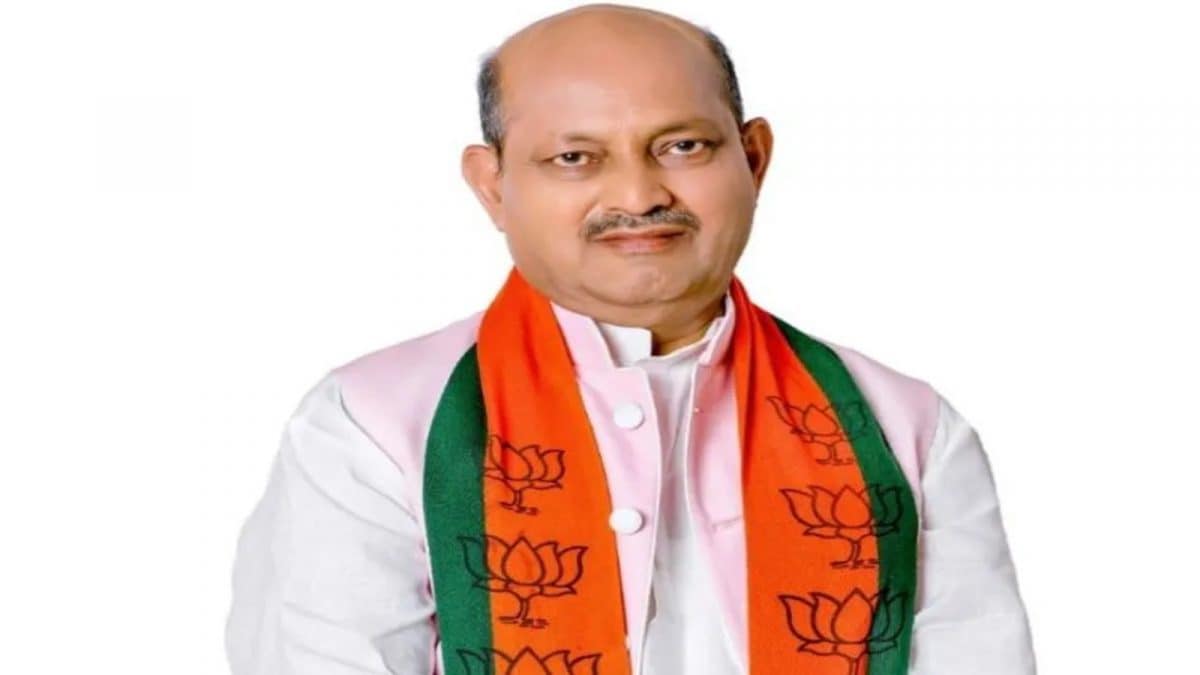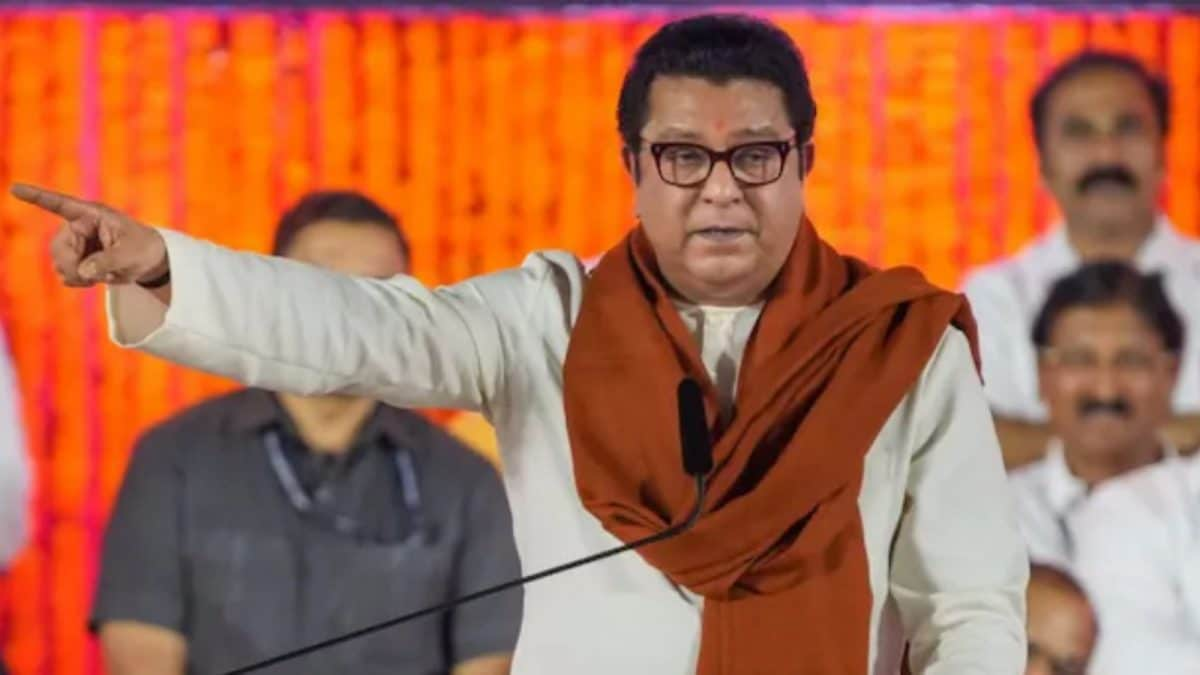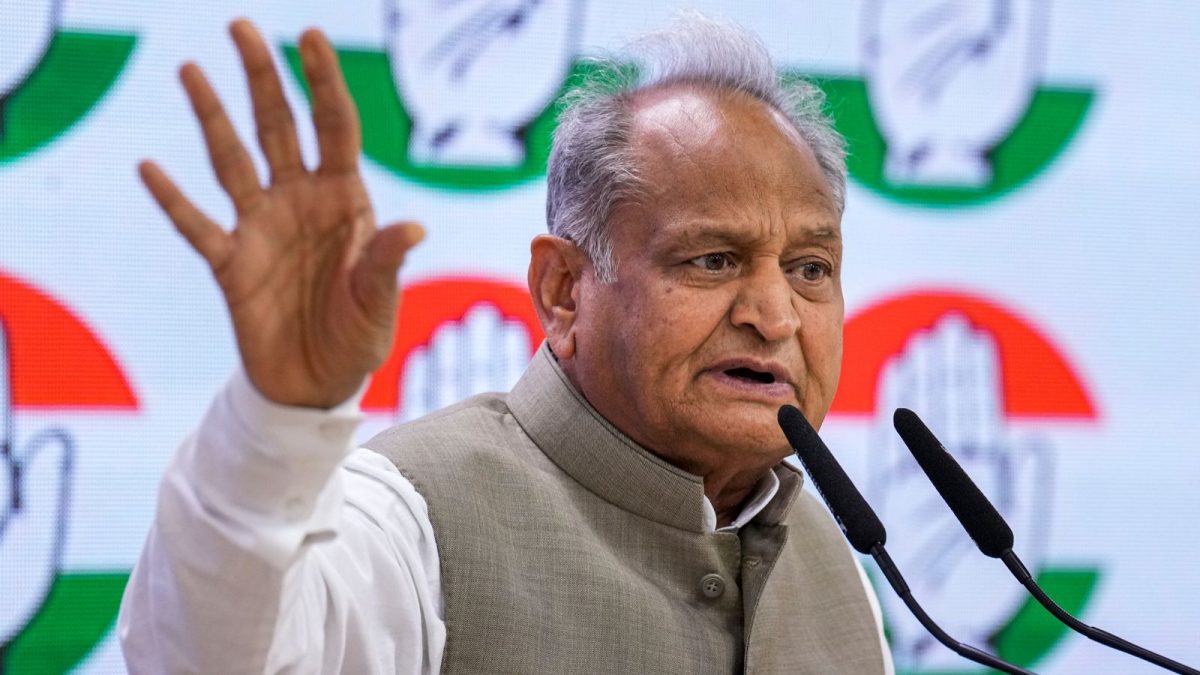ARTICLE AD BOX
Last Updated:July 08, 2025, 14:07 IST
The biggest hurdle is not whether Uddhav and Raj can pose for photos — it’s whether their parties can stitch a workable seat-sharing formula without burning bridges at grassroots.

MNS chief Raj Thackeray, left, and Shiv Sena (UBT) chief Uddhav Thackeray during a joint victory rally organised by the cousins, at Worli area, in Mumbai, Maharashtra. (PTI Photo)

But behind the powerful images and teary-eyed Shiv Sainiks and MNS loyalists lies a harder question: Can the Thackeray cousins really convert this emotional photo-op into a meaningful political counterforce against Eknath Shinde’s faction and the mighty BJP? Or is this unity simply nostalgia in saffron colours?
The Shiv Sena was once synonymous with Balasaheb Thackeray’s voice booming over Mumbai’s streets — a force that made the city’s working-class Marathi population feel powerful, relevant, and protected in a rapidly cosmopolitanising metropolis. But when Balasaheb picked Uddhav, the soft-spoken, family man, over the fiery Raj, the split was inevitable. By 2006, Raj Thackeray had walked away and formed the Maharashtra Navnirman Sena (MNS) — taking with him not just cadres but a chunk of the Sena’s raw street energy. Uddhav’s Shiv Sena (UBT) has lost its official party name and symbol to Eknath Shinde’s rebel faction, which joined hands with the BJP to snatch power and label itself the “real" Sena. Raj Thackeray’s MNS, meanwhile, has failed to convert its street-level theatre into seats — it remains more a punchline than a political threat, despite Raj’s undoubted charisma.
Yet, under the shadow of the recently held celebration event in Mumbai, something shifted. For the first time in two decades, the cousins laughed together on stage, invoked Balasaheb’s spirit, and subtly told Maharashtra’s Marathi voters: “We are still here, and we’re family."
On paper, this has massive implications. In Mumbai, Pune, Nashik, and other urban clusters, the Marathi vote still matters. The split between Uddhav’s Sena and Raj’s MNS often diluted that vote, handing seats to the BJP and now Shinde’s Sena. If the cousins truly join forces, this division could vanish overnight, turning local body polls and even the 2029 assembly elections into a real test for the ruling alliance.
But the real world is messier than emotional slogans. The biggest hurdle is not whether Uddhav and Raj can pose for photos — it’s whether their parties can stitch a workable seat-sharing formula without burning bridges at the grassroots. Who contests where? Who sacrifices which fiefdom? The MNS remains strong in parts of Mumbai, Nashik, and Pune, while Uddhav’s Sena still has loyal shakhas in the same regions. Any wrong call could revive old factional wounds — the very wounds this reunion aims to heal.
Then there’s the Congress and Sharad Pawar’s NCP. Uddhav’s faction is still part of the Maha Vikas Aghadi, which includes both parties. But the MNS’s hardline positions — on migrants, on Muslim reservations, on linguistic identity — have often clashed with the Congress’s more inclusive voter pitch. If Uddhav courts Raj formally, can he convince the Congress to stand shoulder-to-shoulder? Or will it risk pushing away the Muslim vote, which is still crucial in dozens of urban seats?
At the grassroots, the complications multiply. Old Shiv Sainiks who once fought MNS workers in street clashes will need to work together. Who becomes the local boss? Who gets the corporator ticket? Whose flag flies at the local shakha? These are questions that no photo-op can answer.
Yet the emotional power of the Thackeray brand can’t be underestimated. When Uddhav and Raj share a dais, old-time Marathi voters — Auto-taxi drivers, mill workers’ families, small shopkeepers — feel a deep nostalgia for Balasaheb’s Mumbai, a city where their voice mattered. Eknath Shinde’s “real Sena" line is powerful, but a united Thackeray family — literal blood heirs — can blunt his biggest brag: that he alone protects Balasaheb’s legacy.
For Shinde, this is a direct threat. His rural base remains strong, but his biggest advantage was the urban Marathi vote split. If that closes, seats in Mumbai, Thane, and parts of Western Maharashtra could swing away from him. For the BJP too, the worry is real — the Marathi manoos sentiment can override caste calculations in urban seats, creating unexpected headaches for a party that has mastered coalition arithmetic.
But the flip side is equally true: if Uddhav and Raj fumble the alliance — if seat-sharing talks get stuck, if local fights erupt, if the Congress or NCP feel sidelined — this unity could backfire. Shinde and the BJP would love nothing more than an emotional Thackeray reunion that collapses under its own contradictions. One cannot ignore the symbolism of the moment, though. Leaders like Anil Parab and Kishori Pednekar were moved to tears, saying this was the moment Balasaheb would have loved to see. In the crowd, old Sainiks cheered and cried at the thought that the original saffron family was back together. The celebration event stage became a Marathi pride rally, a quiet rebellion against Centre’s Hindi push — and a reminder that Mumbai’s soul still beats in Marathi.
The next few months will reveal whether this is just nostalgia or a genuine political realignment. If the Thackeray brothers can finalise an alliance, settle their local leadership egos, bring the Congress and NCP(SP) on board, and craft a joint pitch that feels modern yet rooted in Marathi pride — they can reclaim ground that looked lost forever. But if they fail, the Marathi vote will keep splintering, Shinde’s narrative will hold, and the BJP’s electoral machinery will slice through the chaos — again.
In the end, the Thackeray name remains Maharashtra’s most potent emotional trigger. The real test is whether that emotion can be converted into seats, power, and policy — or whether it remains a stage show that makes loyalists cry but changes nothing on voting day. The next election may well tell us which it is.
One thing is clear: the cousins have brought hope back to thousands who still chant “Jai Maharashtra" from the heart. Now they must prove that this hope is not just an echo of the past — but the start of a new, hard-nosed fight for the Marathi manoos in the city Balasaheb once ruled with a single roar.
Mayuresh Ganapatye, News Editor at News18.com, writes on politics and civic issues, as well as human interests stories. He has been covering Maharashtra and Goa for more than a decade. Follow him at @mayuganapa...Read More
Mayuresh Ganapatye, News Editor at News18.com, writes on politics and civic issues, as well as human interests stories. He has been covering Maharashtra and Goa for more than a decade. Follow him at @mayuganapa...
Read More
- Location :
- First Published:
News opinion The Maha Picture | Thackeray Brothers’ Unity: Shinde’s Nightmare Or Just Symbolic Fireworks?



.png)
.png)
.png)
















 11 hours ago
5
11 hours ago
5










 English (US) ·
English (US) ·